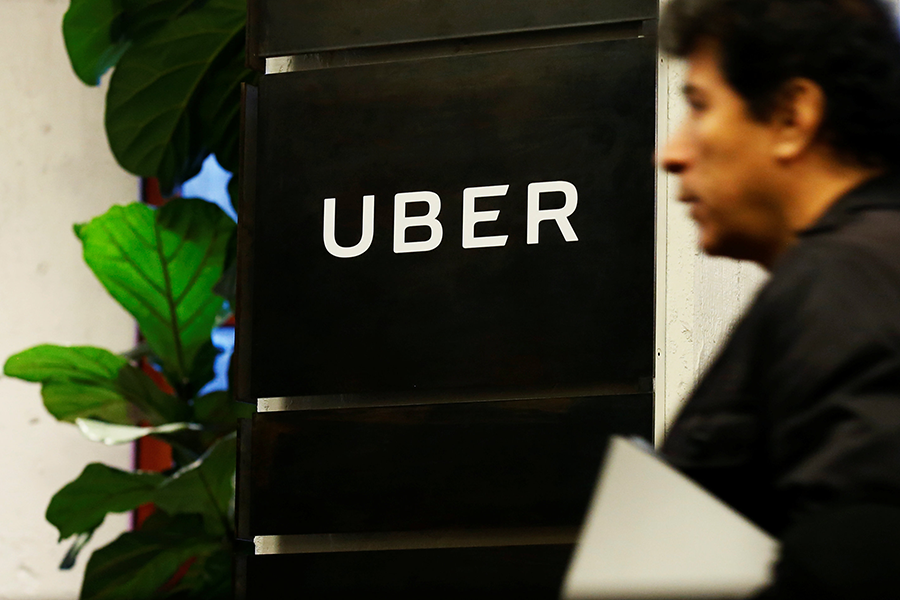Uber hires NASA engineer to develop flying cars
Loading...
After 30 years at NASA, advanced aircraft engineer Mark Moore is trading in his government job for a gig with Uber.
On Monday, Uber Technologies announced that Mr. Moore will spearhead the company's flying car initiative, Uber Elevate – a program the ride-hailing company says was inspired by a paper Moore published in 2010.
The Elevate program is designed to facilitate more rapid commute times by employing vertical take-off and landing technology (VTOL) to utilize urban airspaces.
"Imagine traveling from San Francisco’s Marina (district) to work in downtown San Jose – a drive that would normally occupy the better part of two hours – in only 15 minutes," writes Jeff Holden, Uber's chief product officer, and Nikhil Goel, the company's product manager for Uber Elevate and advanced programs, in a white paper.
"What if you could save nearly four hours round-trip between São Paulo’s city center and the suburbs in Campinas?" they continue. "Or imagine reducing your 90-plus-minute stop-and-go commute from Gurgaon to your office in central New Delhi to a mere six minutes.”
Uber is banking on being able to make those reductions in commuting times a reality as they aim to create a network of small, electric aircraft that take off and land vertically, thus reducing ground congestion in major metropolitan areas.
“Just as skyscrapers allowed cities to use limited land more efficiently, urban air transportation will use three-dimensional airspace to alleviate transportation congestion on the ground,” says the Uber white paper. "A network of small, electric aircraft that take off and land vertically, will enable rapid, reliable transportation between suburbs and cities and, ultimately, within cities.”
Uber isn’t the only tech company actively pursuing flying cars. Larry Page, a co-founder of Google has invested more than $100 million in two flying vehicle startups: Zee.Aero and Kitty Hawk.
Also Lockheed Martin, the aerospace giant and frequent government contractor has in development an autonomous flying vehicle to deliver both troops and supplies in difficult to reach places.
Moore, whose 2010 white paper focused specifically on electric VTOL concepts, decided to leave NASA for Uber because, as he told Bloomberg News, he “can’t think of another company in a stronger position to be the leader for this new ecosystem and make the urban electric VTOL market real.”
For Uber’s part, Uber's Mr. Goel told USA Today that his company, “continues to see its role as a catalyst to the growing developing VTOL ecosystem. We’re excited to have Mark join us to work with companies and stakeholders as we continue to explore the use case described in our white paper.”
Elevate is just one of the innovative production pieces Uber is pursuing. The company has long been developing self-driving cars, having begun testing a fleet of autonomous vehicles in Pittsburgh in August of 2016. While that program has a greater chance of seeing widespread use in the next few years, the technology involved in the autonomous vehicle program may be integral for their VTOL fleet.






